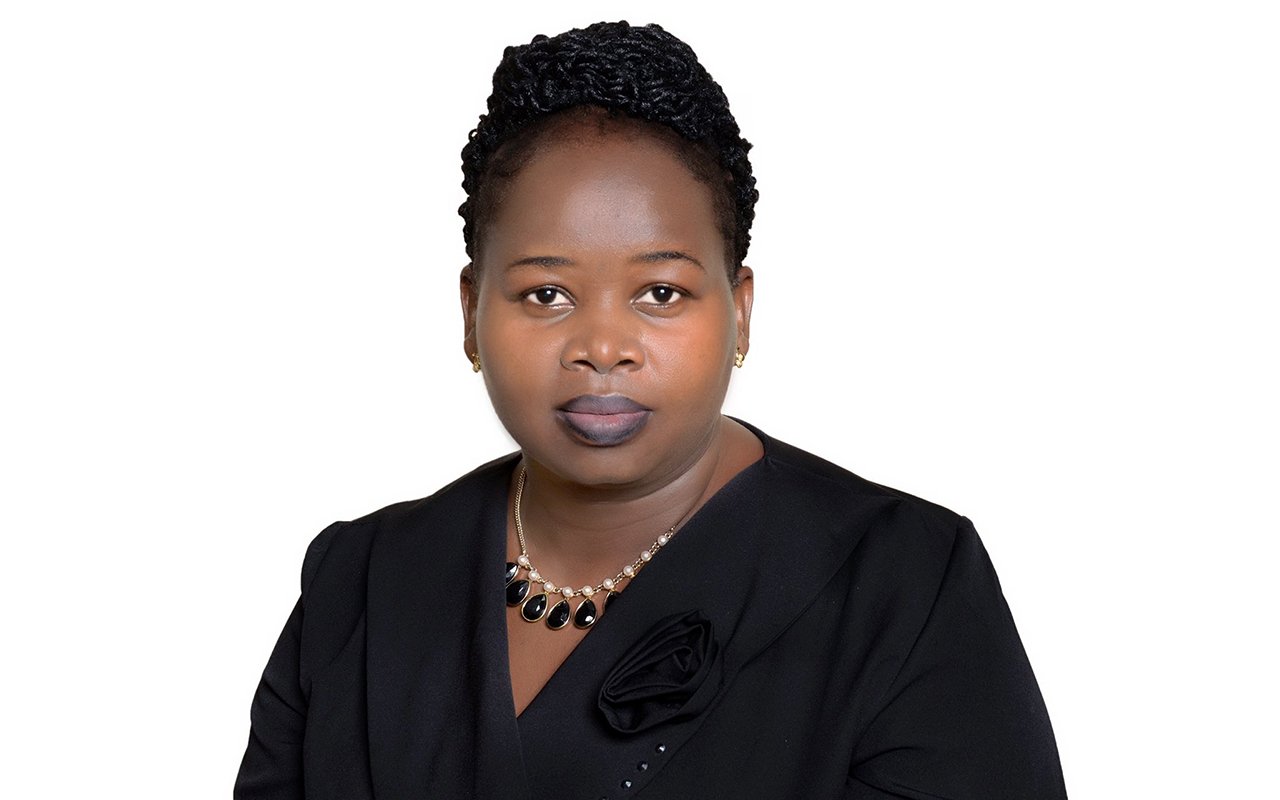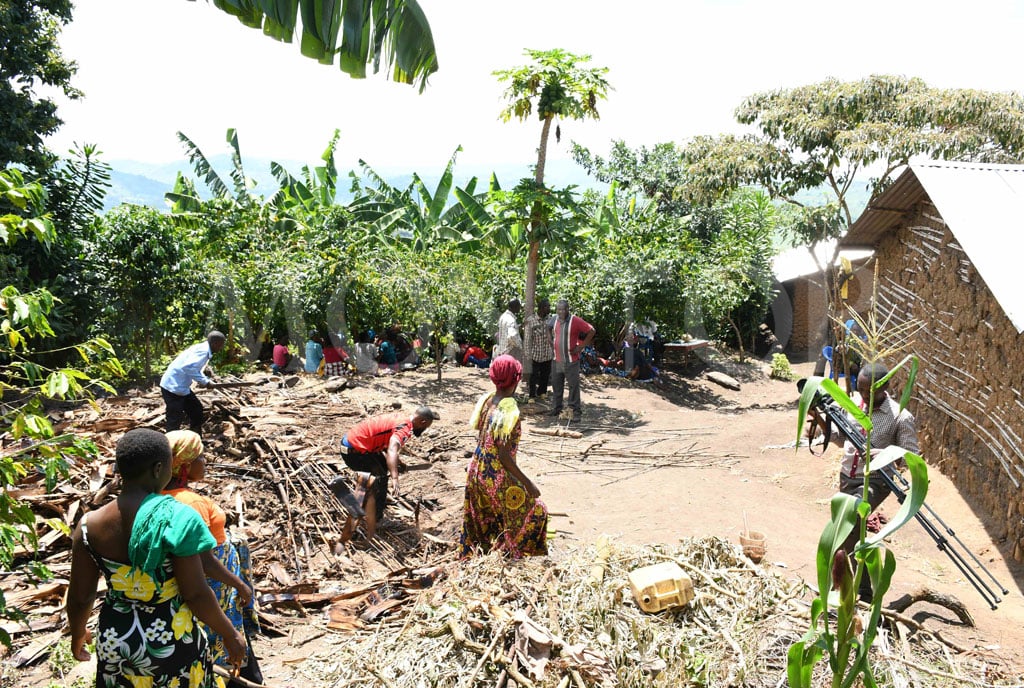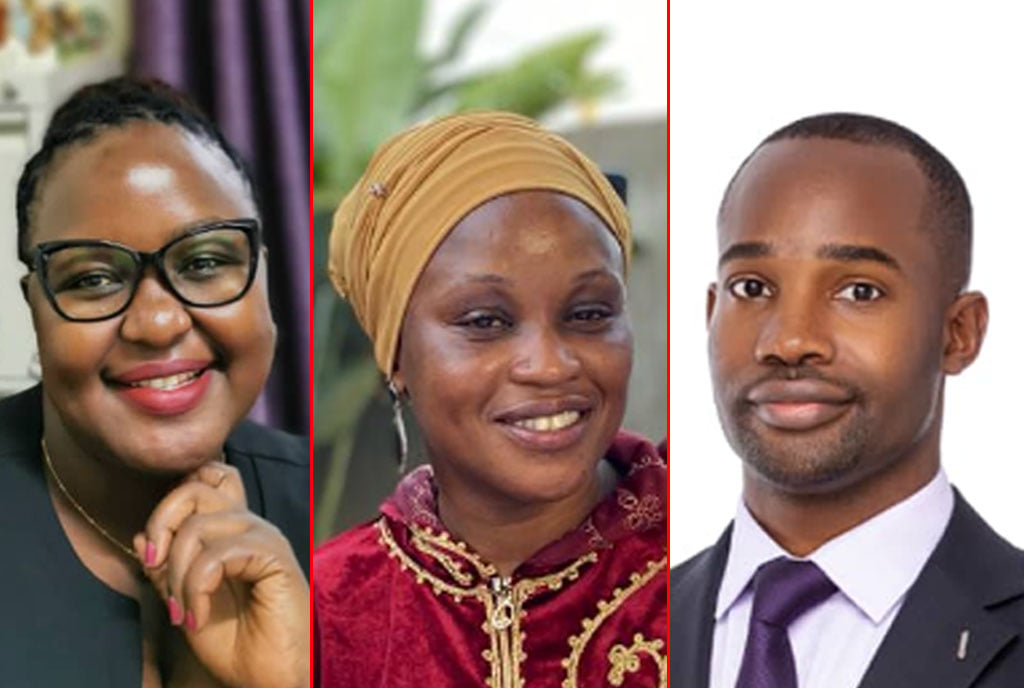Continued efforts required to combat gender inequalities in Karamoja

What you need to know:
Gender inequality in Karamoja is deeply rooted in cultural practices, limited access to education and healthcare, and economic disparities. This article delves into the various facets of gender inequality in Karamoja.
Karamoja, a semi-arid region in northeastern Uganda, is home to a population that has long faced numerous challenges, including poverty, food insecurity, and conflict. Among these challenges, gender inequality stands out as a significant barrier to the region’s development and well-being of its people, particularly women and girls.
Gender inequality in Karamoja is deeply rooted in cultural practices, limited access to education and healthcare, and economic disparities. This article delves into the various facets of gender inequality in Karamoja.
In Karamoja, traditional cultural practices and gender norms play a crucial role in perpetuating gender inequality. The society is predominantly patriarchal, with men holding the majority of decision-making power both within households and in the community. Women and girls are often expected to adhere to strict gender roles, which limit their opportunities for personal and economic development.
For instance, the practice of early and forced marriages is prevalent in Karamoja. According to the Uganda Demographic and Health Survey (UDHS) 2016, 36% of girls in the region are married before the age of 18, significantly higher than the national average of 25%. Early marriage often results in girls dropping out of school, further limiting their educational and economic opportunities.
Educational disparities between boys and girls in Karamoja are stark. While primary school enrollment rates have improved in recent years, girls are still less likely to complete their education compared to boys. The UDHS 2016 reports that only 13 percent of girls in Karamoja complete primary school, compared to 18 percent of boys. Secondary school completion rates are even lower, with only 4 percent of girls finishing secondary education.
Several factors contribute to this disparity, including cultural biases that prioritize boys’ education, early marriage, and the burden of domestic chores that falls disproportionately on girls. Additionally, the lack of adequate sanitary facilities in schools further discourages girls from attending, particularly during menstruation. Economic inequality is another critical aspect of gender disparity in Karamoja. Women in the region have limited access to economic resources and opportunities. The majority of women are engaged in subsistence farming and pastoralism, activities that are often labor-intensive and yield low economic returns. Women’s involvement in decision-making processes related to land and livestock, which are key economic assets in Karamoja, is minimal. According to a 2020 report by the Uganda Bureau of Statistics (UBOS), only 20. percent of women in Karamoja own land, compared to 40 percent of men. This disparity in land ownership restricts women’s ability to engage in productive agriculture and access credit facilities, which often require land as collateral.
Furthermore, access to healthcare services, particularly reproductive health services, is limited for women in Karamoja. High rates of maternal mortality and morbidity are indicative of the inadequate healthcare infrastructure and services in the region. The maternal mortality rate in Karamoja stands at 750 deaths per 100,000 live births, significantly higher than the national average of 336 deaths per 100,000 live births (UBOS, 2019).
Moreover, cultural practices such as female genital mutilation (FGM) continue to pose severe health risks to women and girls. Although the prevalence of FGM has decreased due to concerted efforts by the government and non-governmental organizations, it remains a concern in some communities.
Various stakeholders, including the Ugandan government, international organizations, and local NGOs, are working to address gender inequality in Karamoja. Initiatives aimed at promoting girls’ education, improving access to healthcare, and economically empowering women are being implemented with varying degrees of success.
For example, the Karamoja Integrated Development Plan (KIDP) includes specific components focused on gender equality, such as increasing girls’ enrollment and retention in schools and enhancing women’s participation in economic activities. Additionally, organizations like UNICEF and Plan International are actively involved in combating early marriages and promoting reproductive health education.
However, while progress has been made in some areas, much work remains to be done to achieve gender equality and ensure that women and girls in Karamoja can fully realize their potential.
I call upon the government and all stakeholders to join efforts and work towards creating a more equitable and inclusive society where everyone regardless of gender can thrive.
Mercy Akankunda, [email protected]




